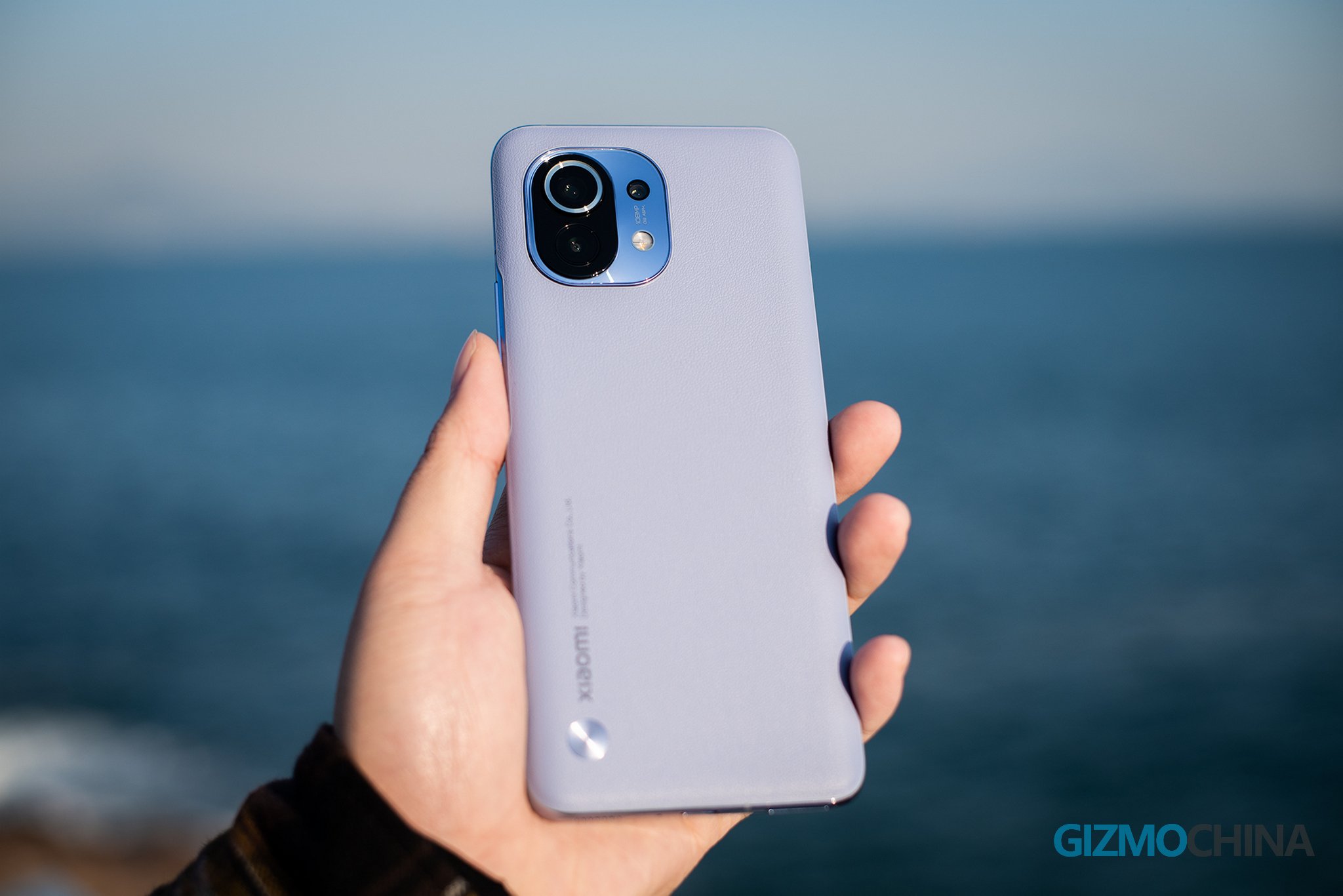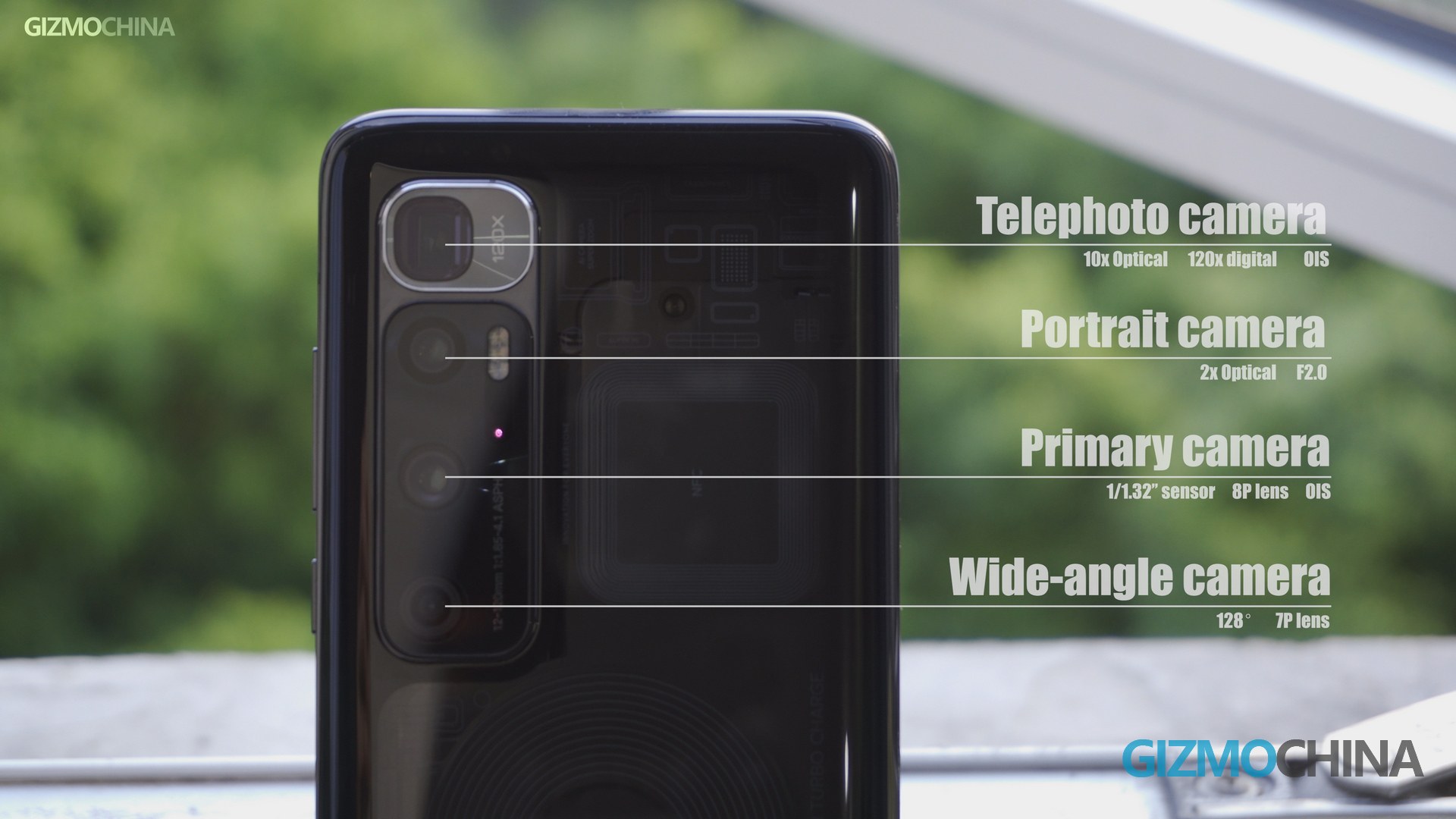The Xiaomi Mi 11 launched as the first phone in the world to be powered by the Snapdragon 888 processor. Xiaomi has already sold over 1 million units of the phone since it went on sale at the beginning of the month.

Unlike its predecessor, the Mi 10 5G, Xiaomi didn’t announce a Mi 11 Pro alongside the standard version. Nevertheless, a pro model is coming in the not too distant future, and like all pro models, it should have better specs, and of course, a higher price tag.
In this post, we will talk about what we expect from Xiaomi with the Mi 11 Pro in terms of specs and performance, issues from the Mi 11 we expect to have been fixed, and also the reasons why we believe the phone was delayed.
Mi 11 Pro Specs (what we know so far)
The Mi 11 Pro is expected to come with a 2K AMOLED display with a 120Hz refresh rate just as the standard model. We don’t know what the screen size will be seeing as the Mi 11 has a pretty big 6.81-inch screen. Our guess is that the screen size will remain the same based on the fact that the Mi 10 5G ad Mi 10 Pro 5G both have the same screen size.
We expect the same Snapdragon 888 that’s found on the Mi 11 on the Pro model and it should be paired with up to 12GB of RAM and 256GB of storage. There is also a possibility that Xiaomi will announce a 16GB RAM version that comes with 512GB of storage. Just like last year’s Mi 10 Pro, there shouldn’t be support for storage expansion.
A leak says the Mi 10 Pro will have a 5000mAh battery capacity which is a significant bump compared to the Mi 11’s 4600mAh battery. It should come with support for faster wired and wireless charging, and if reports are true, that should be 120W and 67W respectively. We also expect the phone to have support for Quick Charge 5.
Other expected features are stereo speakers, an in-display fingerprint scanner which should double as a heart rate scanner as in the standard version, NFC, an IR sensor, Wi-Fi 6, and maybe even Wi-Fi 6E.
Mi 11 Pro Cameras
We decided to give the cameras a separate section as it is a very important aspect of the phone.
Xiaomi has set a high standard with respect to camera performance with the Mi 10 Ultra. The China-exclusive flagship sits at the third spot on DxOMark‘s list of smartphones with the best camera. The two devices that sit at the first and second positions are the Huawei Mate 40 Pro+ and Mate 40 Pro respectively.

So what do we expect from Xiaomi for the Mi 11 Pro’s cameras? Cameras that are better than what we have on the Mi 11.
The Mi 11’s cameras are okay at best but they can’t match the Mi 10 Ultra which is Xiaomi’s best camera smartphone. A leaked poster alleged to be that of the Mi 11 Pro shows the phone will have four rear cameras and 120x zoom but we will take it with a pinch of salt.
If we were to take a wild guess, we’d say the Mi 11 Pro will launch with a camera configuration similar to that of the Mi 10 Ultra but with better optimizations. This means a 48MP main camera, another 48MP camera with OIS for the periscope lens which brings 120x hybrid zoom, a 12MP telephoto camera, and a 20MP ultrawide camera.
You might be wondering if simply copying the camera configuration from the Mi 10 Ultra makes sense, but it does when you realize that the Mi 10 Ultra is a China-exclusive product, which means most of Xiaomi’s international customers didn’t get to experience the phone’s camera prowess. What better way to bring that camera experience to the global market than via the Mi 11 Pro?
As we said above, Xiaomi isn’t just lifting the sensors but also fine-tuning them. The sensors can be optimized to take advantage of the Snapdragon 888’s Spectra 580 triple image signal processor to churn out better photos than the Mi 10 Ultra.
Issues from the Mi 11 we expect Xiaomi to have fixed in the Mi 11 Pro
Reviews have shown that the Mi 11 is not a perfect flagship. We covered the issues we experienced with our unit, and we hope most, if not all, of these issues, have been fixed ahead of the release of the global version next week. However, we expect even better performance from the Mi 11 Pro.
- Better software – one of the issues we noticed with the Mi 11 is app crashes. This happens with the camera app and some games. This is probably a software issue (MIUI) and we expect Xiaomi to have fixed them. While it is not uncommon for a device to have software issues out of the box, it is not a good experience nonetheless. We also expect Xiaomi to have fine-tuned its software to work better with the Snapdragon 888 chipset.
- Better cooling – the Snapdragon 888 is known to heat up quickly when gaming and when it does that, the processing power is throttled down to manage the heat which affects the game. While this is definitely an issue with the chipset (this is Qualcomm’s first 5nm chipset after all), Xiaomi may be able to better manage it with a better cooling system.
- Better build – the Mi 11 comes in a vegan leather version that is practically a plastic panel with a polyurethane coating. Our unit rattles when you play an audio file via the loudspeaker which points to a problem with the build quality. We do not know if this is the same experience with the version with a glass back, but if Xiaomi plans to release vegan leather options for the Mi 11 Pro, then it needs to note this issue and fix it in the new model
Why the Mi 11 Pro didn’t launch alongside the Mi 11
It came as a surprise when Xiaomi only announced the Mi 11 at the phone’s launch event in December 2020. However, we want to believe it was a calculated decision. Below are the reasons we came up with as to why the Mi 11 Pro’s launch was delayed:
- Giving the Mi 11 its own stage to shine – If the Mi 11 Pro had launched alongside the Mi 11, it would have overshadowed it. See phones like the Galaxy S21 series – the S21 Ultra is getting more attention than the Galaxy S21 and Galaxy S21 Plus. By splitting the launches, the Mi 11 had the stage to itself and all the attention.
- A headstart in terms of sales – The Mi 11 not only launched early but also went on sale shortly after. According to Xiaomi, it has sold more than 1 million units and that is for China alone. When the phone launches in other markets next week, that number is expected to double. If the Mi 11 Pro had launched alongside the Mi 11, sales would have been split between both.
Of course, the total sales figure would probably have been higher but buyers would have had to decide which of the two phones to purchase, and the Mi 11 may not have sold so many units. However, by launching the Mi 11 and keeping a tight lip on the existence of a pro model, buyers will have no choice but to pick up the available model. - More time for development – Another reason why the Mi 11 Pro got delayed may be due to Xiaomi requiring more time for development. There is a possibility that certain components or technologies they need are not yet available or perfected, hence the reason for delaying its launch.
Conclusion
There definitely is a lot to look forward to in the Mi 11 Pro and if the additional development time means a better device, then a few months of delay is worth it.
There are reports that the Mi Pro will be announced after the Spring Festival holiday which means it may launch before the end of this month. Just like the standard version, the phone should be unveiled in China first before a global debut later. Going by the Mi 10, the time frame between the Chinese launch and global launch should be nothing less than a month.
RELATED:







